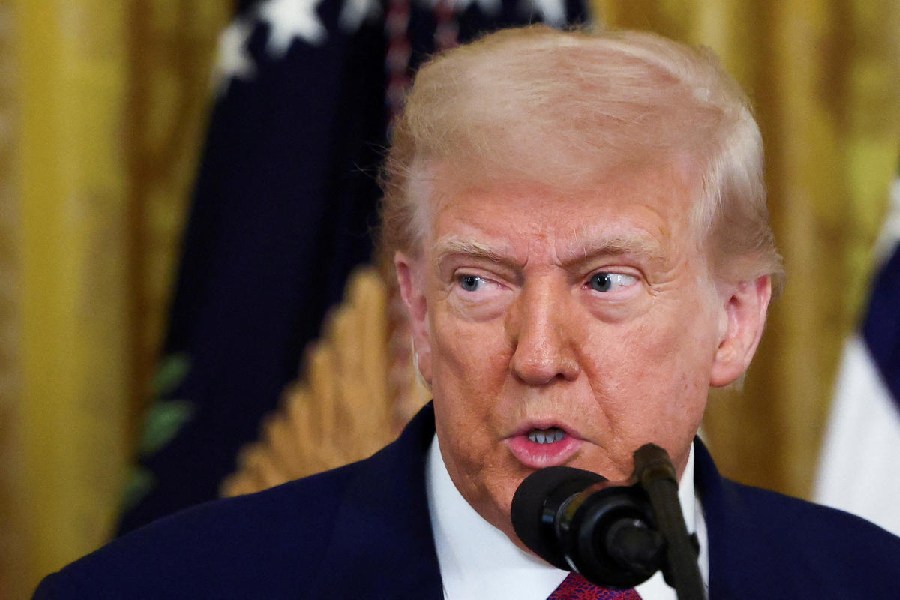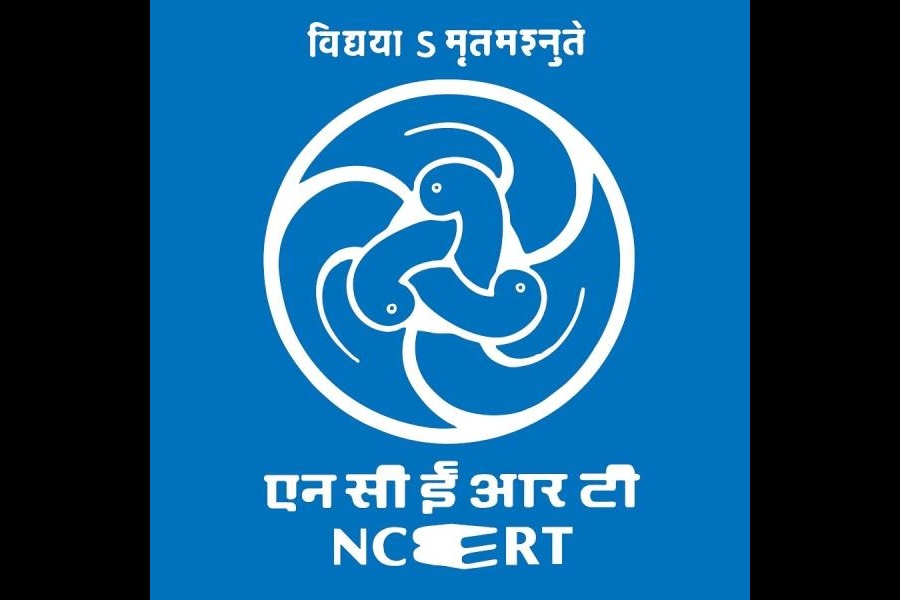The Union government's commitment to instilling the 'nation first' conduct in public life has been greatly bolstered. Politicians and the intelligentsia may disagree on the idea of nationalism, but should accept the value of a people-centric nation-first policy in governance. The new National Health Policy gives an opportunity to bring the agenda of governance back into politics.
The meagre funds for the government health sector and positive policy discrimination towards the private sector make healthcare unaffordable for many. Health as a right has hardly been a part of political struggles, or even an agenda for elections in India. The allegations against private health facilities of overpriced services and a polluted spirit of care are not new. The Clinical Establishments Act, 2010 was expected to empower the government to ensure the private sector delivers services at the right costs and with empathy. The Bengal government's outcry or the amendment to the Karnataka Private Medical Establishments Act, 2007, expose policy limitations and poor governance at both the state and national levels. After many revisions, the National Health Policy is expected to strengthen governance and address the people's pain.
The policy offers three broad mechanisms with a long term vision. These include a gradual increase of budget allocation from 1.15 per cent to 2.5 per cent of the gross domestic product, more attention to primary care (roughly 65 per cent or more of the total budget) and strategic partnership with the private sector to purchase secondary and tertiary care until the gap is filled by the public healthcare system. The budget increase is assumed to be for expanding service provisions - free drugs/ diagnostics, adequate equipment/ human resources - and increasing purchasing capacity. On the other hand, government assistance for secondary and tertiary care is certain to dry up as more funds will be confined to primary care. The most critical question is, how will the infrastructural gap existing in secondary and tertiary care, where the most out-of-pocket expenditure occurs, be covered? The policy does not offer very convincing suggestions.
The central problems of India's fragile health services are the government's inability to ensure service provisions for all, and its failure to monitor the private sector. The suggested mechanisms give the private sector an even greater role, and risk making governance more complicated. This contradicts the aim of strengthening the role of the government. The mechanisms seem to be in sync with the vision of the policy, which tries to say that the system is not prepared to declare health as a right, and so aspires for assurance. This shift from a right-based approach limits the policy's target population - mostly vulnerable communities - and the drive towards assurance creates pressure on the government to arrange services irrespective of who provides them. It will be a win-win for the private sector, since it could cater to both the targeted population and those left out. The government must think about how fast the public sector infrastructure will be able to fill the gap.
The question of implementation should be considered by the state government. Health is a state subject, but also bears the impact of the Centre's decisions. The latter's obnoxious privatization policy in the social sector and the state's crumbling fiscal contraction results in a surge of unregulated private facilities. Places like Bengal, Karnataka and Delhi have two ways out of this - a stronger private sector regulation as an interim measure (which has failed so far), and an involvement in the political battle to make health services fully operated, governed and owned by the public system.
Can political will in India be mobilized to make health a Union subject with constitutional amendments, so that the nationalization of health services and a guarantee of citizens' right to healthcare can be demanded? India is in dire need of such politics of nationalism.










